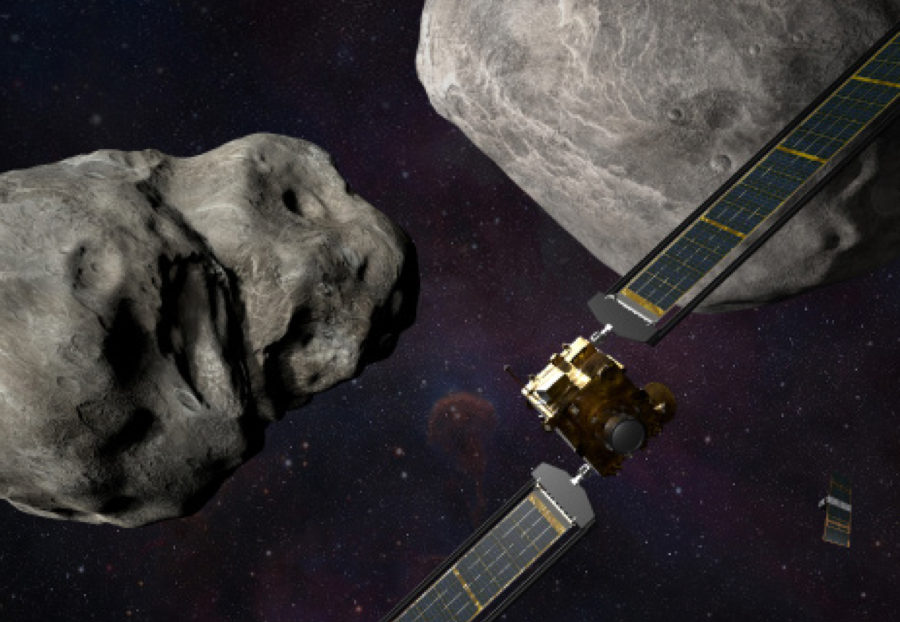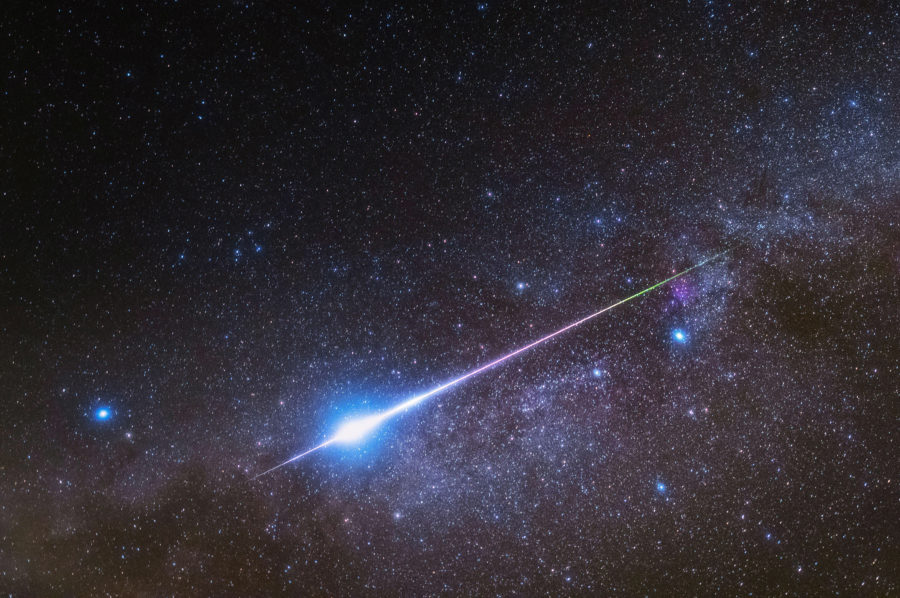Deflecting an asteroid

The mission is called DART (Double Asteroid Redirection Test), which spells out exactly what it’s hoped it will achieve – test whether we can redirect an asteroid.
Why a double asteroid? That’s what makes this ambitious project so clever. To explain, let me begin with the basics. Our planet’s space environment is quite busy with rocks, and astronomers are constantly on alert for potentially hazardous asteroids (PHAs), which have orbits that might one day bring them into contact with Earth.
Typically, astronomers are on the look-out for objects 140m or so in size because these are capable of causing state-wide devastation on impact. (Fortunately, the larger, even more dangerous ones are easier to find and already well catalogued. None are on a collision course with us during at least the next 100 years.)
Suppose a PHA is discovered with an orbit that could result in a collision down the track – say in a decade or so. What you’d like to do is change the asteroid’s trajectory just enough to guarantee a miss, which means applying an acceleration to it. The sooner you can do that, the smaller the force that would be needed. Slamming a half-tonne spacecraft into the asteroid might be one way to achieve that. But how would you know if you’ve applied enough force?
That brings us back to DART, which will indeed slam into an asteroid later this month, on 26 September 2022. But it’s not just any ordinary asteroid. It’s a 170m rock named Dimorphos, which is actually the moon of a larger asteroid called Didymos. Together, they are a double asteroid.
Dimorphos’s orbit around Didymos is known and can be measured again after impact, so scientists will be able to accurately gauge the effect. That would be harder if you were only hitting an asteroid in orbit around the Sun.
Once this ingenious double asteroid test has been carried out, we’ll have a much better understanding of what would be required to deflect a dangerous single asteroid – which is something we might one day need to do for real.


